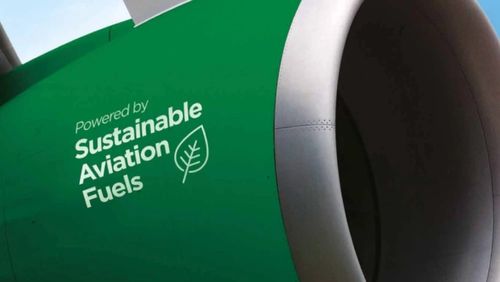Milestone Carbon has officially filed for a Class VI well application with the Environmental Protection Agency (EPA) to establish the Loving CCS Hub in Loving, Texas.
The proposed site in Loving, located in the Permian Basin, is strategically chosen due to its proximity to large-scale industrial operations and the region’s suitable geological formations for carbon storage.
The company’s first permit was filed in mid-2023 for Upton county, also in the Permian Basin.
Milestone last year announced an agreement to lease more than 22,000 acres of land and pore space for permanent geologic sequestration of CO2, including in Loving county.
The Delaware and Midland basins within the Permian are active areas for hydrocarbon activity, where carbon from natural gas processing can be captured and sequestered. There are additional existing and potentially new sources of carbon emissions from industry, as well as anticipated direct air capture projects, Milestone Carbon Senior Vice President Chris Davis said in an interview last year.
“We have over the last two years been evaluating different sites that we think would be really attractive and advantaged for decarbonization for heavy industry, and have been systematically leasing up land in different places,” he added.
In the Midland Basin, for example, there are over 2 million tons of existing emissions from natural gas processing within 30 miles of Milestone’s site. Many of the natural gas processing facilities already have carbon separation facilities and are emitting high-purity CO2 into the atmosphere.
“In those instances, we’re stepping in there, compressing that CO2, dehydrating it and moving it through pipelines into our wells,” he said.
Milestone is designing wells around 500,000 tons to 1 million tons per year, under the belief that the company needs to get smaller-scale carbon sequestration projects off the ground now.
“We think there’s a real opportunity here to develop some lower-complexity, faster-to-market projects,” he said.
Strategically, getting the early emissions in the ground helps to establish the hub to attract future larger facilities with longer development cycles, he said.
“We can get the emissions in from the gas plants and then be ready with the Class VI wells for these larger-volume projects.”






